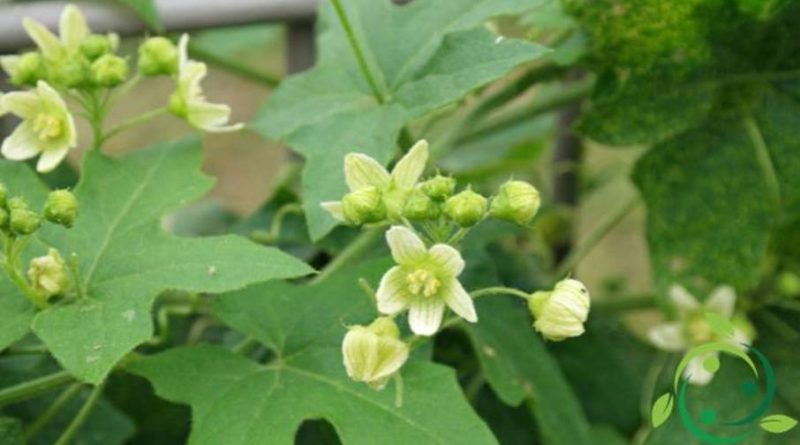Properties and uses of Bryonia dioica
Properties and uses of Bryonia dioica
Bryonia dioica, also known as the White Vine (Bryonia dioica Jacq., 1774) is a perennial herbaceous species of the Cucurbitaceae family. This plant has an area of origin between central and southern Europe, western Asia and northern Africa. In this sheet we will see properties and uses of Bryonia dioica and due precautions due to the high toxicity of this plant.
The roots contain two glucosides, brionine and brionidine, an essential oil, pectic and resinous substance (brioresin), oil, gums, etc. the seeds contain a fatty oil but due to their toxicity can not be used for food.
It is a bitter-sour plant that was used by folk medicine in the treatment of hypertension, asthma, inflammation and intestinal ulcers. In external treatments it was used as a rubefacient in the treatment of muscular pains.
Once the juvenile shoots were consumed, after a long cooking, instead of spinach or added to the minestrone.
Bryonia dioica is used in Homeopathy with mother tincture taken from the root to treat inflammation of the respiratory tract, diarrhea and cooling symptoms. Usually in homeopathic products it is used in combination with other herbs.
Bryonia dioica contains glucosides, essential oil, alkaloid brionicin and triterpenes.
In general, this plant is attributed properties: diaphoretic, expectorant, purgatives, vermifuges, emetics, emmenogogues and irritants.
It should be stressed immediately that this plant, even for simple contact, can cause allergic dermatitis and is a very toxic plant for domestic use.
As far as Bryonia dioica is concerned, the directive of the Ministry of Health of July 2009 does not allow the inclusion in plant food supplements of this plant and in particular those obtained from its root.

